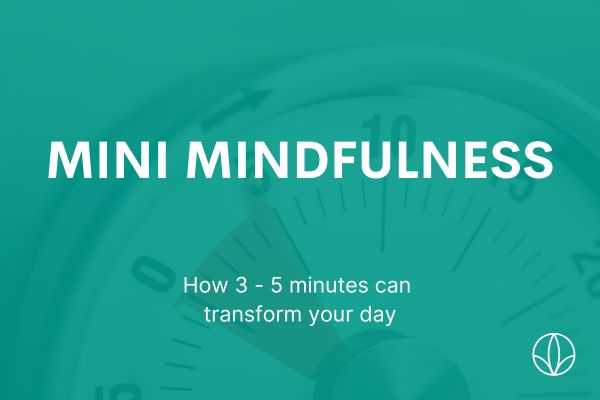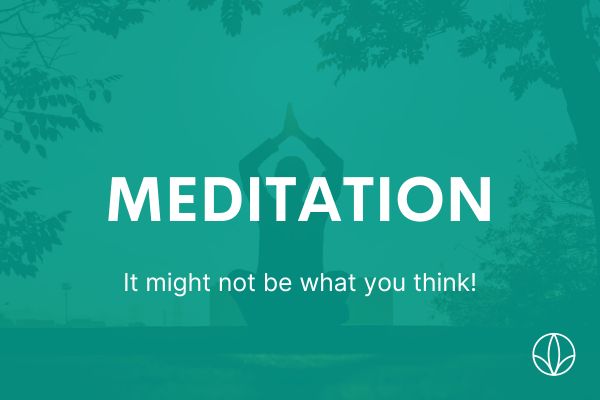
Coming Off Autopilot
We all need our ‘autopilot’ setting – it would be impossible to live without it. But is it causing us to miss things? How can we make sure our actions don’t become too automatic?
One evening, Alex trudged slowly up the stairs to his bedroom. He was still mulling over his day’s work as he undressed and put on his nightclothes. His thoughts hopped from subject to subject.
Soon they’d latched onto a job he needed to do outside of town the following afternoon, before dithering over the best way to get there by car to avoid the roadworks.
The car! He remembered that his car insurance was due for renewal. He’d use his credit card tomorrow.
The card! Had he remembered to pay his credit-card bill? He thought so. He remembered the printed bill with items reserving hotel rooms for next July’s big event.
Before he’d even realised it, he was thinking of his daughter’s upcoming wedding.
‘Alex,’ shouted his wife. ‘Are you ready yet? We’re all waiting and it’s time to go.’
With a start, Alex realised he’d gone upstairs to change for a party, not for bed.
(Taken from Mindfulness: a practical guide to Finding Peace in a Frantic World – Mark Williams & Danny Penman)
I wonder if that scenario resonates with you. You may not ever have been quite as absent as Alex but I’m willing to bet there have been times when you’ve started to do something quite by habit, only to realise that you were supposed to have been doing something else on that occasion.
Or it may be that you experience moments when you question yourself: ‘Did I lock the front door?’ ‘Did I turn the oven off?’ knowing that you probably did but you can’t actually remember doing it.

This happens because your mind is on autopilot. The mind’s ability to go onto autopilot is not a bad thing – it’s meant to happen. Our minds are only able to focus on one thing at a time so the fact that we can automate some of our actions enables us to do many of our necessary day to day tasks.
Our autopilot creates habits, allowing us to extend our working memory, which can only hold a few things at a time. This works well for us, until we lose conscious control of the autopilot. Then we run the risk of one habitual series of actions triggering another and that triggering another, leading us to forget about other plans we’ve made. For example:
Morning routine…
1. fill the kettle and switch it on
which triggers…
2. feed the dog while you wait for kettle to boil
which triggers…
3. make tea
which triggers…
4. back upstairs for a shower
which triggers…
5. get dressed
which triggers…
6. take the dog for a walk
😱 BUT on this particular morning, you were supposed to call your son before 8:30am to see how their job interview went yesterday!
You lost conscious control of your autopilot with the consequence that you seemed not to care about how your son’s interview went, causing you both to feel bad!
If we’re not aware of it, our autopilot – all these seemingly small and often helpful habits we form – can take control of our lives.
If we’re not aware of it, our autopilot can take control of our lives.
Changing the Settings
Mindfulness practice is all about AWARENESS.
You’re not going to stop yourself from going onto autopilot but you can make yourself more aware of when you’re doing it so that you can stay in control.
Below is an exercise you can do a few times a week to make sure you are coming off autopilot and into the moment. The more you practise doing this, the greater awareness you’ll have of your habitual actions.
Consciously Focusing on the Ordinary
Set aside 5 minutes for this.
- Pick up an ordinary, everyday object – a mug, for example
- For the next few minutes you are going to focus your attention on this object, noticing every detail about it.
- Notice what it looks like – the colours, the shape, any patterns.
- Notice if the colours change in the light as you move it around
- Does it make a sound? If not by itself, what happens when you tap your fingers on it? How about when you place it down on a surface?
- How does the object feel in your hands? Is it heavy or light? Does it have a textured surface that you can feel? Is it cold or warm?
- Maybe your object has a scent – hold it up to your nose and see what you notice. Does the smell evoke any thoughts or memories?
Repeat this as often as you like. You may find it interesting to revisit an object and see if you notice anything new!



